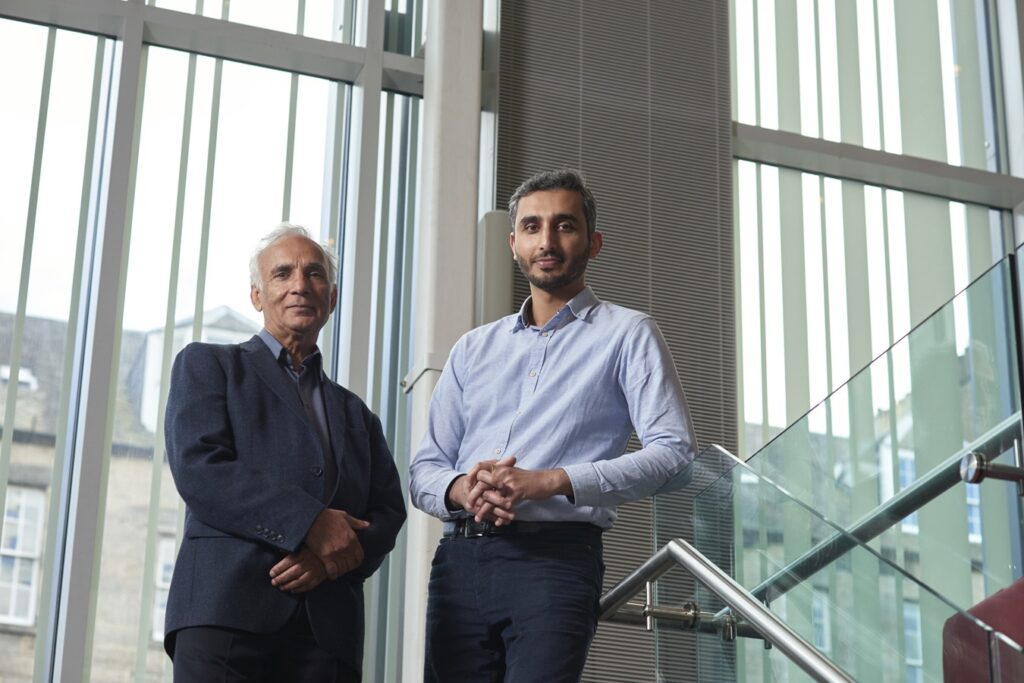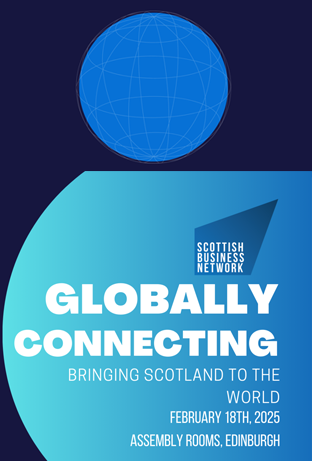Motherwell: In a remarkable medical breakthrough, a patient once classified as legally blind has regained over half of their vision within just a few months, thanks to an innovative home-based therapy called AmblyoFix. Developed by the family-run Scottish start-up Eyesight Electronics, this revolutionary treatment is poised to transform the way amblyopia—commonly known as lazy eye—is treated worldwide.
Amblyopia affects more than 100 million people globally, predominantly children. If untreated, it can cause permanent vision impairment. Traditional treatments, such as eye patching, are often slow, uncomfortable, and have limited success, with compliance rates hovering around 50% among young patients. These outdated methods fail to fully address the problem, leaving many patients with lingering vision challenges.
AmblyoFix offers a game-changing alternative. Unlike patching, which blocks the stronger eye to force the weaker eye to work harder, this therapy uses specially designed 3D glasses combined with interactive digital games to train the brain to process visual information from both eyes simultaneously. This approach not only improves vision but also enhances depth perception, hand-eye coordination, and binocular vision, addressing the root of the problem more effectively.
Clinical trials have showcased AmblyoFix’s impressive results. A patient with 6/60 vision—legally blind in the United States—experienced a 22% improvement in vision after just 2.5 weeks, 40% after 9 weeks, and more than 52% after 14 weeks. These outcomes far surpass those of leading virtual reality-based treatments, which typically show only around 18% improvement over a similar period.
The story behind AmblyoFix is as inspiring as the technology itself. The company was founded by Dr. Faiz Rigi, a respected ophthalmologist, and his son Amin Rigi, a bioengineer who recently completed his PhD at the University of Edinburgh. Their collaboration began with a simple question during a conversation: what is the most common eye condition with outdated treatments? The answer was amblyopia.

What started as a father-and-son project quickly grew into a family-led mission. Amin’s brother, a doctor at Middlesex University Hospital in London, contributes medical expertise; their mother, a graduate of King’s College, supports clinical research; Amin’s sister joined as an intern; and his wife, a solicitor, manages marketing and strategic growth. This collective family effort, combined with a dedicated team of engineers, designers, and developers, has propelled Eyesight Electronics from a small start-up into a global force in vision care innovation.
Beyond its clinical success, AmblyoFix is also protected by intellectual property rights, holding one granted US patent with another pending. The company has earned multiple accolades, including the prestigious IP Hatch award, which recognized their innovation with a Panasonic patent.
CEO Amin Rigi emphasizes the broader mission behind the technology: “We’re not just improving vision—we’re giving people their confidence, independence, and quality of life back. Our dream is to ensure no one loses sight to a treatable condition.”
The urgency for new solutions is clear. The prevalence of amblyopia is rising rapidly, with cases expected to double in the next two decades. The economic and social costs of untreated vision impairment are staggering, affecting billions through lost productivity and healthcare expenses. Yet, treatment options have remained stagnant for decades.
Traditional patching, while common, does not train the eyes to work together and often leaves patients with poor depth perception and coordination. AmblyoFix’s binocular approach addresses these shortcomings head-on, offering faster, more effective, and more engaging therapy that patients are more likely to complete.
Moreover, AmblyoFix is significantly more affordable than other advanced treatments. While virtual reality therapies can cost up to $10,000 for six months, AmblyoFix delivers comparable or better results for roughly $1,000 over the same period, without requiring expensive VR headsets. This cost-effectiveness makes it accessible to a wider population, including underserved communities.
Eyesight Electronics is actively seeking partnerships with clinicians, investors, and innovators who share their vision of transforming lives through better eye care. Amin Rigi stresses that their goal is not quick profit but lasting impact: “Our long-term vision is to eliminate preventable vision loss globally. To support this mission, 20% of our profits will be dedicated to providing free vision therapy to low-income and underserved communities, ensuring that financial barriers do not prevent access to life-changing treatment.”
As AmblyoFix prepares for wider distribution, it represents a beacon of hope for millions suffering from lazy eye—offering not only restored sight but renewed independence and improved quality of life. This breakthrough from a determined Scottish family-run start-up is reshaping the future of vision therapy, proving that with passion, innovation, and collaboration, even the most entrenched medical challenges can be overcome.









